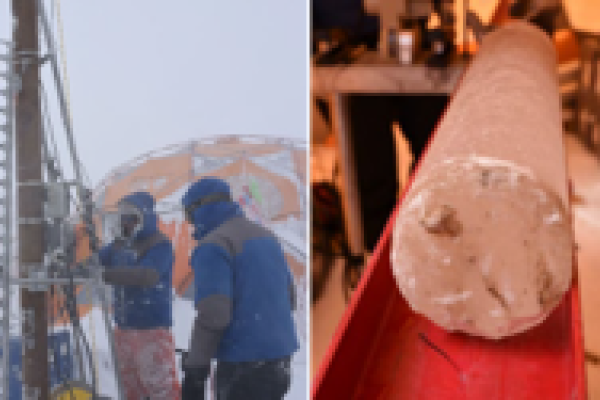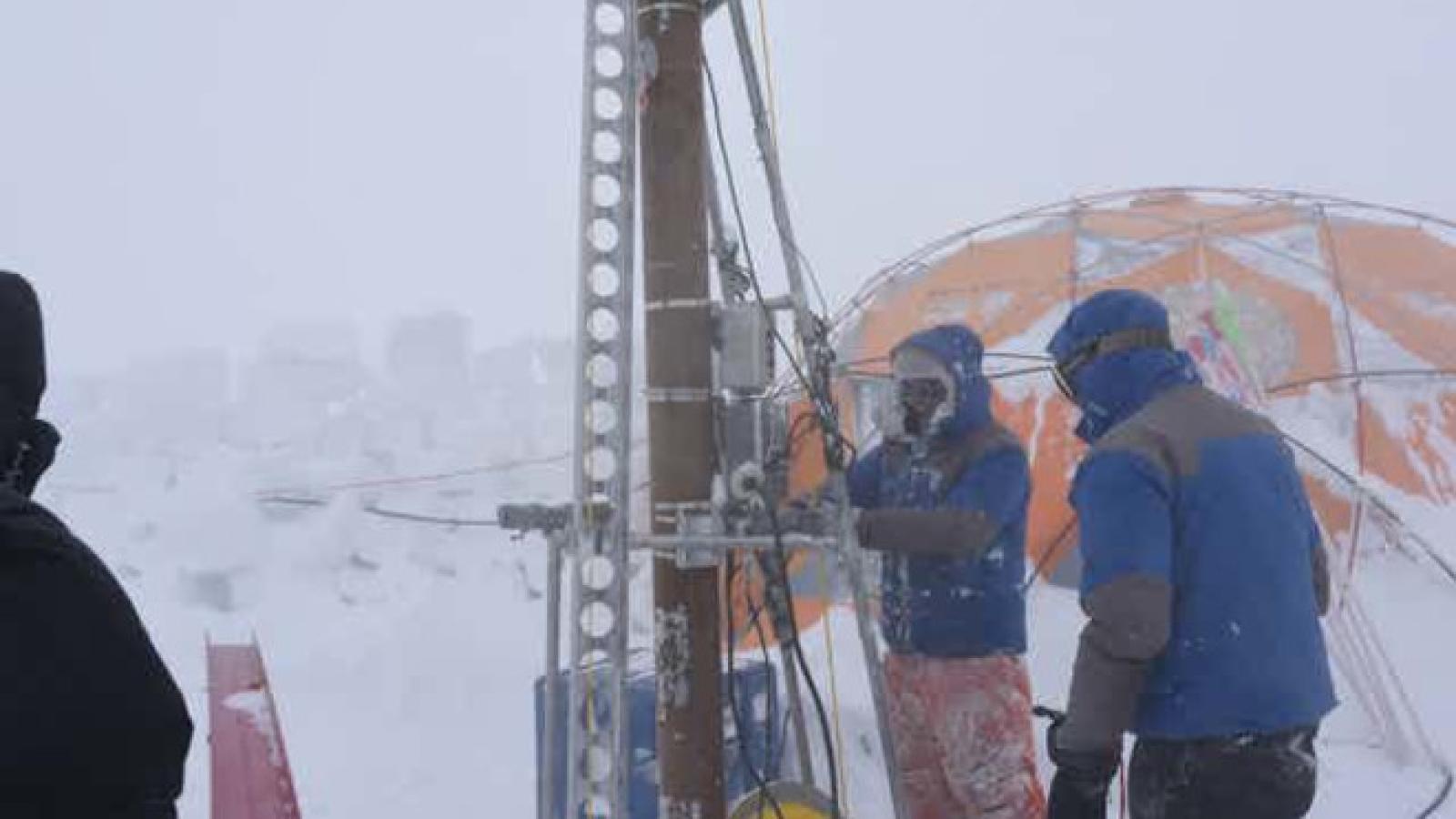Viral Secrets from Glacial Ice Reveal Climate Adaptations

Researchers at The Ohio State University have made a significant discovery in understanding how viruses preserved in glacial ice have adapted to Earth's climatic changes. The study, led by Byrd Center Research Associate Dr. Zhi-Ping Zhong, involved analyzing ice core samples from the Guliya Glacier, which towers over 20,000 feet on the Tibetan Plateau. This comprehensive examination revealed nearly 1,700 viral species encapsulated within the ancient ice, three-fourths of which were newly discovered.
These ancient viruses, which predominantly infected microbes rather than animals or humans, demonstrated remarkable adaptations that enabled their hosts to endure extreme environmental shifts during historical climate cycles. The findings suggest that these viruses evolved during significant transitions, such as the change from the Last Glacial Stage to the warm Holocene around 11,500 years ago.
The team's Advanced genetic sequencing techniques revealed that while most of these viruses were unique to the Guliya Glacier, about a quarter shared genetic signatures with known organisms from other global locations, including the Middle East and the Arctic. This indicates the potential long-distance transport of viral particles via atmospheric or other ecological pathways.
The research, published in Nature Geoscience, was a collaborative effort that included Ohio State co-authors Dr. Olivier Zablocki from the Center of Microbiome Science; Research Scientist Dr. Yueh-Fen Li from the Department of Microbiology; Distinguished University Professors Dr. Lonnie Thompson in the School of Earth Sciences and Dr. Ellen Mosley-Thompson in the Department of Geography; Microbiology Professors Dr. Matthew Sullivan and Dr. Virginia Rich; and Dr. James Van Etten from the University of Nebraska. This interdisciplinary team utilized the latest sequencing technology to trace viral evolution and set a framework for predicting how modern viruses might adapt to current and future climatic changes.
The implications of this study are not confined to Earth. As Dr. Thompson highlighted, the techniques developed in this research could aid in the search for microbial life in the ice fields on Mars and other icy planetary bodies, opening up exciting possibilities for future discoveries.
This research was supported by the National Science Foundation, the Chinese Academy of Sciences, the Gordon and Betty Moore Foundation, the Heising-Simons Foundation, and the U.S. Department of Energy's Joint Genome Institute through their Community Sequencing Program.
By understanding the historical adaptations of viruses to climate changes, scientists can better predict and prepare for future viral responses to global warming, potentially unraveling new aspects of viral behavior and ecosystem impacts. This study provides valuable insights into ancient viral communities and the mysteries locked within Earth's icy archives.
To learn more, visit Ohio State News or download the study (PDF).
Related links:
- Scientists find ancient viruses frozen in a Tibet glacier, The World
- A Decade-Long Journey into Glacier-Archived Ancient Viruses and Their Paleoclimatic Connections, Behind the Paper
- Ancient viral genomes preserved in glaciers reveal the history of Earth’s climate – and how viruses adapt to climate change, The Conversation

